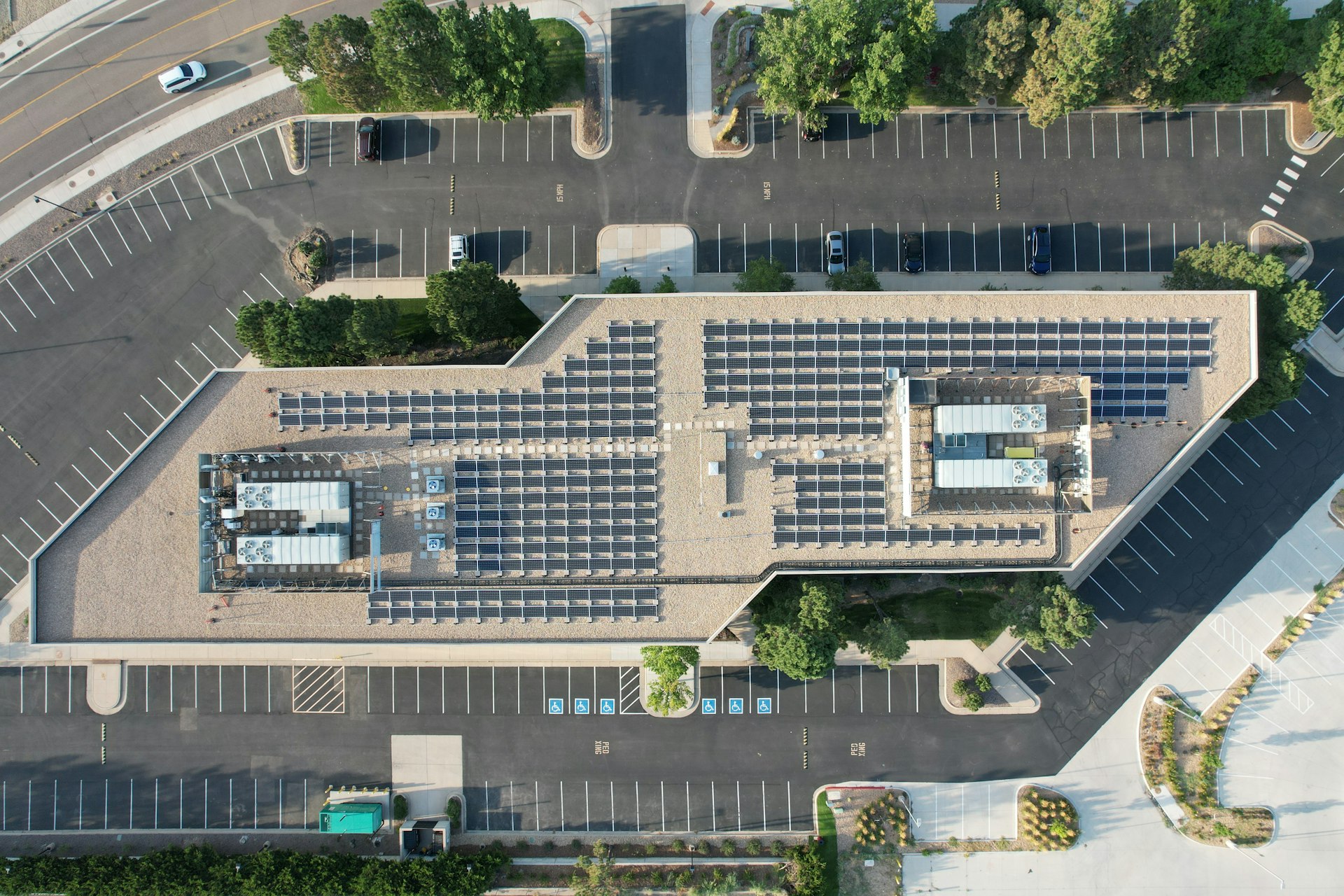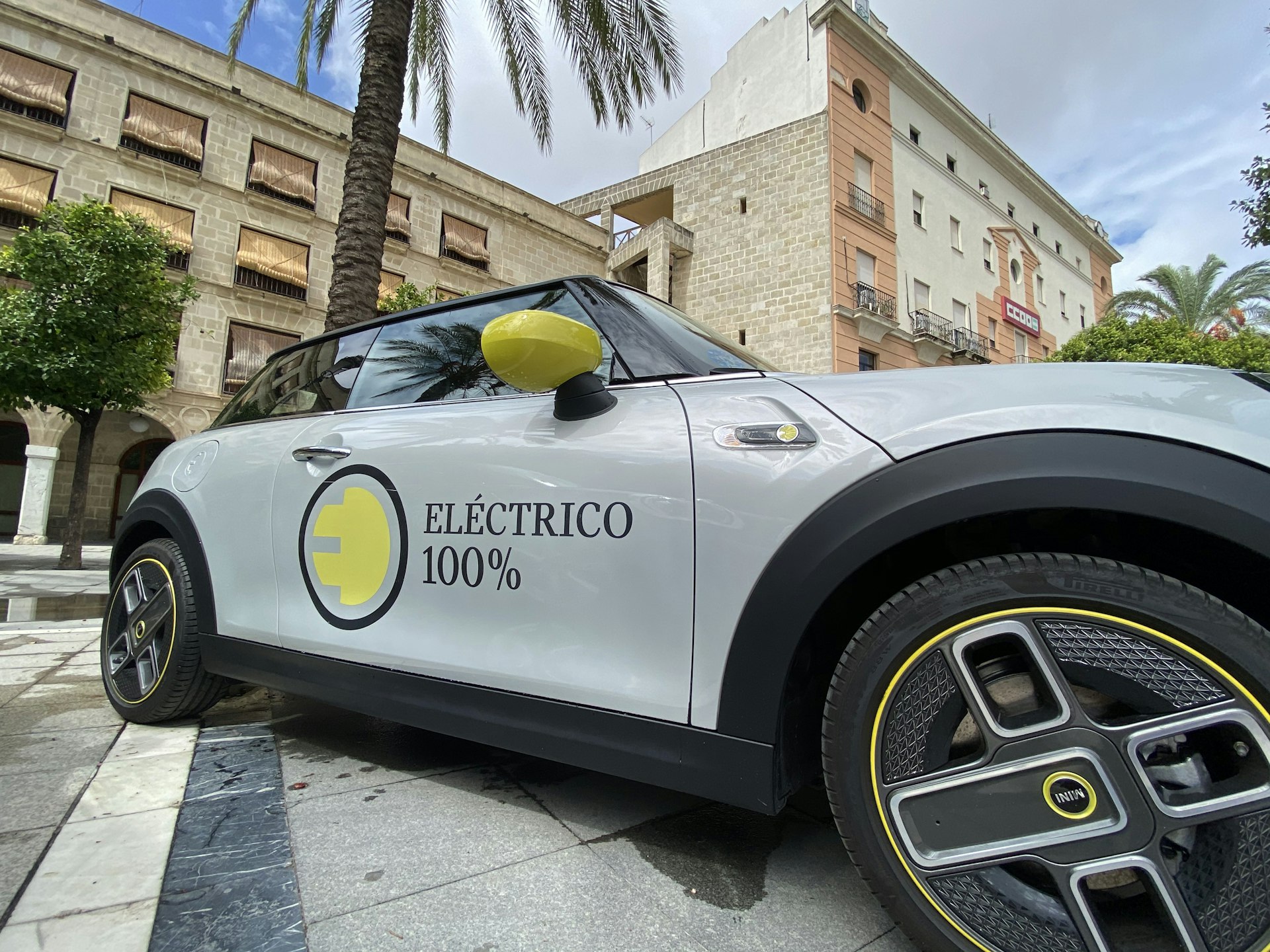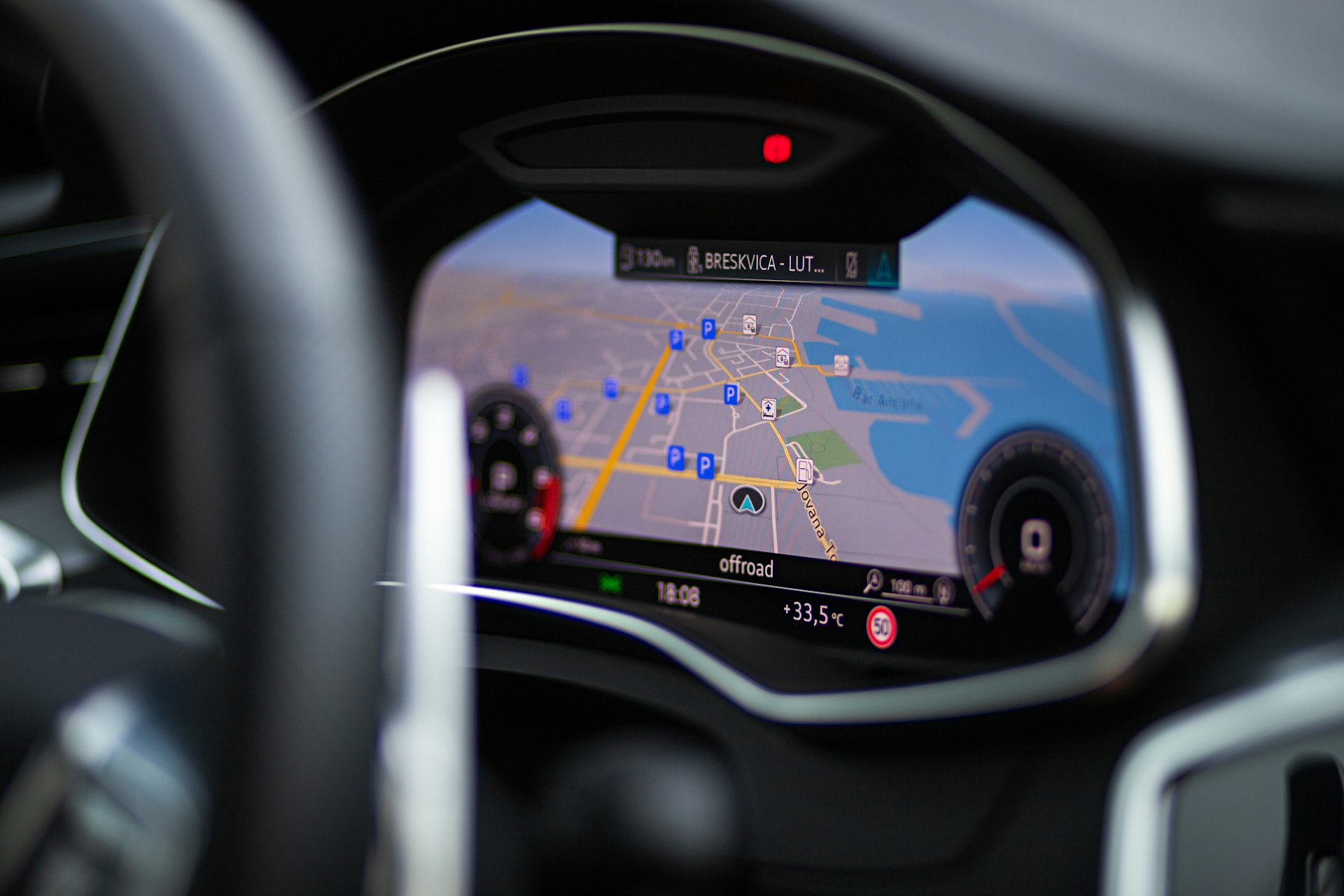Unlocking Efficiency: How Regenerative Braking Transforms Electric Cars

Photo by Element Number 0 on Unsplash
Introduction to Regenerative Braking
Electric vehicles (EVs) are transforming the automotive industry, not only through their clean energy usage but also by introducing innovative features that improve overall efficiency. Among these innovations, regenerative braking stands out as a fundamental technology that captures energy typically lost during braking and redirects it to recharge the vehicle’s battery. This process enhances driving range, reduces wear and tear on traditional braking components, and lowers operating costs for owners. [1] [2]
How Regenerative Braking Works
In conventional vehicles, braking relies on friction between brake components, which converts kinetic energy into heat-energy that is wasted and cannot be reused. In contrast, regenerative braking leverages the electric motor, turning it into a generator during deceleration. When you lift your foot off the accelerator or apply the brake, the motor reverses its function and captures the energy that would otherwise be lost. This energy is then converted into electricity and stored in the vehicle’s high-voltage battery for future use. [1] [3]

Photo by Possessed Photography on Unsplash
Key aspects of the process include:
- The electric motor disengages from propulsion and switches to generator mode.
- Captured kinetic energy is converted to electrical energy.
- This electricity is stored in the main battery, helping to increase driving range.
Many EVs allow drivers to adjust the level of regenerative braking, either through drive modes or manual controls such as steering wheel paddles, providing greater control over the driving experience. [3]
Benefits of Regenerative Braking in Electric Cars
Regenerative braking offers several tangible benefits, making it a core component of electric and hybrid vehicles:
1. Improved Energy Efficiency and Extended Range
By recapturing energy that would otherwise be lost, regenerative braking can recover up to 70% of the kinetic energy generated during braking. [2] This process directly contributes to improved energy efficiency, allowing EVs to travel farther on a single charge. Over time, this means fewer charging sessions and a more practical ownership experience for drivers.
2. Reduced Wear on Traditional Brakes
Since regenerative braking handles much of the deceleration, traditional friction brakes are used less frequently. This reduction in use leads to slower wear and tear, translating to longer-lasting brake pads and rotors and lower maintenance costs. [4] In some cases, EV owners report significantly extended intervals between brake replacements compared to conventional vehicles.
3. Enhanced Driving Experience
Many electric cars offer “one-pedal driving,” where lifting off the accelerator initiates regenerative braking and slows the vehicle without needing to apply the brake pedal. [3] This can make urban and stop-and-go driving smoother and more intuitive. The ability to customize the level of regenerative braking also allows drivers to tailor the vehicle’s response to their preferences or driving conditions.
Real-World Examples and Case Studies
Regenerative braking is now standard in most modern EVs and hybrids. For example, brands like Tesla, Nissan, Hyundai, and Chevrolet implement advanced regenerative braking systems across their EV lineups. Many drivers have shared experiences where, through city driving and frequent stops, the vehicle’s range increases noticeably due to efficient energy recapture.
Some models allow drivers to monitor how much energy is being recovered in real time, using dashboard displays or mobile apps. This visibility encourages efficient driving habits and helps users maximize the benefits of the technology.
Step-by-Step: Maximizing the Impact of Regenerative Braking
To get the most out of regenerative braking, consider the following steps and best practices:
- Familiarize Yourself with Vehicle Settings: Consult your owner’s manual to understand how regenerative braking operates in your specific model. Some vehicles let you adjust the strength or mode of regeneration. [1]
- Adopt Smooth Driving Techniques: Anticipate stops and decelerate gradually by lifting off the accelerator early. This technique allows the system to capture more energy compared to abrupt braking.
- Use One-Pedal Driving (If Available): In vehicles that support it, practice driving primarily with the accelerator pedal and use the brake only when necessary. This maximizes energy recovery and simplifies urban driving. [3]
- Monitor Energy Feedback: Many EVs display real-time data on energy usage and recovery. Regularly check these metrics to refine your driving style for better efficiency.
- Schedule Routine Maintenance: Even though friction brakes are used less, periodic inspections are essential to ensure all braking systems function safely.
Potential Challenges and Solutions
While regenerative braking delivers significant benefits, there are some challenges users may encounter:
- Limited Energy Recovery in Some Conditions: Regenerative braking is most effective at moderate speeds and during gradual deceleration. At high speeds or in emergency stops, traditional brakes remain essential. Drivers should be aware of these limitations and not rely solely on regen for all braking scenarios. [5]
- Learning Curve for New Users: The feel of regenerative braking can be different from traditional brakes, especially in one-pedal driving modes. New EV owners may need time to adjust and should practice in safe environments before driving in traffic.
- Cold Weather Impact: Battery efficiency, and by extension regenerative braking, may be reduced in cold temperatures. Drivers in colder climates should monitor performance and plan accordingly.
- Battery Health Considerations: While regenerative braking generally benefits battery life, extreme usage patterns or aggressive driving can potentially affect long-term battery health. Following manufacturer recommendations for charging and driving will help mitigate these risks.
For most drivers, these challenges are manageable with awareness and adaptation. Manufacturers continue to update software and hardware to optimize regenerative braking for various driving conditions.
Alternative Approaches and Complementary Technologies
Some advanced vehicles offer variable regenerative braking , allowing drivers to increase or decrease the amount of energy recaptured based on traffic, terrain, or personal preference. Additionally, future developments may integrate regenerative braking with other energy-saving technologies, such as predictive navigation systems that adjust regen levels automatically based on upcoming road conditions.
Hybrid vehicles use a combination of regenerative and traditional friction brakes, automatically switching between systems to balance energy recovery and safety. This approach ensures consistent performance regardless of driving situation.
Accessing Regenerative Braking Technology
If you are interested in experiencing or maximizing the benefits of regenerative braking, here are practical steps:
- Explore Manufacturer Resources: Visit the official websites of major EV manufacturers for information about specific models and their regenerative braking features. For example, Mazda, Honda, and other established brands provide detailed guides and owner resources. [1] [3]
- Schedule a Test Drive: Many dealerships offer test drives of electric or hybrid vehicles. This is the best way to experience regenerative braking firsthand and assess whether it suits your driving style.
- Consult with EV Specialists: Speak with certified electric vehicle technicians or join EV owner forums to learn tips on maximizing regenerative braking and maintaining your vehicle.
- Compare Available Models: Use reputable automotive publications and review sites to compare regenerative braking performance across different vehicles. For example, Car and Driver regularly reviews and explains EV technology. [5]
If you are considering an EV purchase, research incentives or programs offered by your local government or utility providers. For official information, visit the U.S. Department of Energy website and search for “EV incentives” or consult your local transportation authority.
Key Takeaways for Drivers
Regenerative braking is a cornerstone technology for modern electric vehicles, offering meaningful improvements in efficiency, driving range, and cost of ownership. By understanding how to use and optimize this system, drivers can enjoy a smoother, more sustainable driving experience while reducing the long-term expenses associated with vehicle maintenance. As electric vehicle technology evolves, regenerative braking will continue to play a pivotal role in shaping the future of sustainable transportation.
References
- [1] Mazda USA (2023). What Is Regenerative Braking and How Does it Work?
- [2] Tires Plus (2023). Regenerative Braking: Advantages, Disadvantages, & How It Works.
- [3] Honda UK (2022). What is regenerative braking and how does it work?
- [4] Wikipedia (2025). Regenerative braking.
- [5] Car and Driver (2024). The Future of Braking Is Electrified: What EV Owners Need to Know.
MORE FROM promospotlight.com













